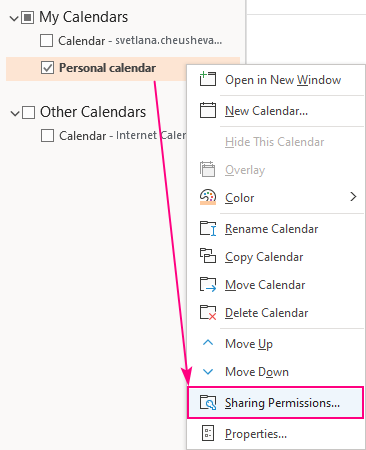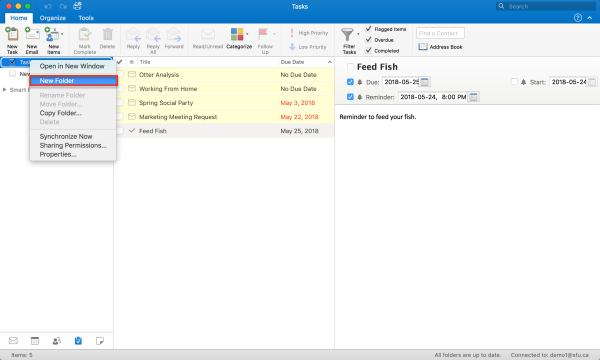

Depending on the infrastructure Office 365 is relying on, a shared mailbox added using a different method than the one shown below might not work as expected, or might produce error messages. You should keep in mind, however, that there are different methods to do this. Once your shared mailbox account is ready (created either on Active Directory on-premises or on Azure Active Directory) you can proceed by adding it to your Outlook profile.
OUTLOOK 2016 FOR MAC CALENDAR AND TASK PANE IN MAIL VIEW HOW TO
In this article, you will learn how to configure a shared mailbox in Outlook and what to do if the shared mailbox is not synchronizing properly.Īdd an additional shared mailbox in Outlook


They permit performing a wide range of coordinated activities with a team. Every member is able to read and send email messages to and from the shared mailbox itself. For additional changes being made in Outlook 2016 see: New and Changed in Outlook 2016.A shared mailbox is accessible by multiple users, all of whom are granted specific access permissions. Many of these design changes also apply to Outlook 2016.

Note 3: For more tips about dealing with the design changes made in Outlook 2013 see the guide: 36 Short questions and tips for Outlook 2013. Placing the icons vertical requires you to minimize the Folder Pane altogether via: Note 2: Placing the icons in a (mixed) vertical position like it was possible in Outlook 2010 and previous is no longer possible in Outlook 2013 and Outlook 2016. Note 1: The amount of icons that you see depends on what you have configured for the “Maximum number of visible items” in the Navigation Options, but also on the width of the Folder Pane itself. The blue colored icon indicates which Navigation is currently active. The Navigation Bar will now collapse into the Folder Pane and will only show the icons: In the Navigation Options dialog, enable the option: Compact Navigation. To turn this word based navigation back into an icon based navigation, click on the 3 dots (…) at the right-end of the Navigation and choose Navigation Options… or use View-> Folder Pane-> Options to bring up the same dialog. The new word based navigation bar instead of a small icon based navigation. If you don’t like this, you can easily turn it back into the icon based navigation as it was in Outlook 2010 and previous. Is there any way to put it back there and gain back some of this wasted space?ĭepending on your screen’s resolution and whether or not you are using a touch screen, Outlook 2013 and Outlook 2016 could indeed by default show you a large navigation strip at the bottom as shown below. I liked this configuration better as this was a lot smaller and therefor allows for more space to display the message list and also gives me a larger Reading Pane area. In previous versions of Outlook, they were listed as icons within the pane on the left which also displays all your folders. In Outlook 2016, there is this huge gray bar at the bottom which lists (in a very big font) Mail, Calendar, People, Tasks, etc… to switch to their corresponding folder.


 0 kommentar(er)
0 kommentar(er)
